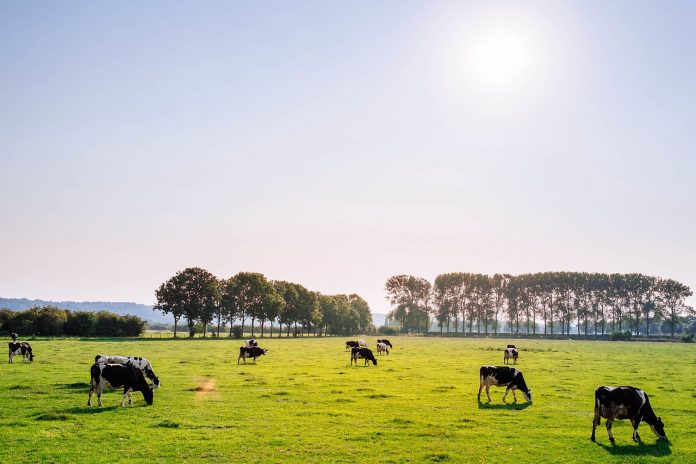Before spraying, it may be helpful do some investigation into what contributed to weed establishment. If hay and pasture management does not change, we will likely end up in the same situation later.
It is important to remember that each herbicide varies in terms of target weed response. In other words, herbicides vary in ability to kill specific weeds, so always refer to product labels prior to use. Always wear the personal protective equipment recommended on the product label. Be aware of product restrictions and recommendations relating to the environment, sensitive crops and bees.
Herbicides
To properly apply herbicides, it is important to calibrate the sprayer and utilize the correct nozzle. When a label permits, using surfactants may improve the effectiveness of herbicide application. Be aware of water quality issues that may affect herbicide performance and spray product soon after mixing.
Other useful tools are university pasture and hay weed response tables that rate overall product response to various weeds. Weed response can vary based on stage of plant growth and timing of herbicide application.
Before selecting an herbicide, be sure to review the restrictions relating to replanting, hay harvest, slaughter withhold, milk discard, grazing, manure usage, hay sales, weed height and establishment age. Residual activity of herbicides can vary greatly, restricting the use of the forage and replanting.
Herbicide active ingredients such as picloram, aminopyralid and clopyralid belong to a class of herbicides with a long residual activity. Some herbicides with long residual activity should only be used on sites where manure or hay will remain on-farm. The lifespan of these products can vary from several months to a year or more. Refer to the product label for specific information related to residual activity.
Legumes within a pasture or grass hayfield may be damaged by a broadleaf herbicide. When hiring a pesticide applicator for weed control, obtain a copy of the product label. If you have difficulty, contact your Ohio State University Extension office, and we will print a label for you. In addition, record the amount of herbicide applied per acre, as this may change forage use restrictions.
Annuals
Annuals are best controlled during the seedling and early vegetative stages. As annuals mature, tissues harden, and the plant becomes less responsive to herbicides. Maturity can be repressed by setting these plants back with clipping.
Summer annuals such as horseweed, common ragweed, giant ragweed, lambsquarters, yellow foxtail and velvetleaf can be partially controlled through regular clipping or mowing. If you use herbicide applications, control is best when annuals are actively growing in the spring or fall.
Biennials and perennials
Biennials are best controlled during the seedling and rosette stage. When biennials bolt (rapid growth to a flowering stalk), control can be significantly reduced. Problem biennials such as: bull thistle, musk thistle, burdock and poison hemlock will respond to herbicide treatments, like annuals.
Perennials are best controlled during the early-bud stage (approximately two weeks before flowering). During this stage, sugar direction is moving toward root structures, there is adequate leaf area to take in herbicide and the plants are at their lowest energy level.
Remember that brush hog and grazing are tools that can be used to set back plant maturity and consequently may improve weed response to herbicides. Fall can be a good time to control problem weeds in pastures and hayfields, however, if there is extremely dry weather or periods of slowed plant growth, herbicide applications may be less effective.
Woody brush found along fence rows and in pastures can be controlled when it is actively growing and fully leafed with complete leaf coverage of appropriate herbicides. Some products allow for a basal bark spray when the brush is dormant. Check product labels for application options.
Specific information for tough-to-kill perennial weeds in pastures and hayfields can be found in the OSU Weed Control Guide, Bulletin 789, which is available at local OSU Extension offices.













